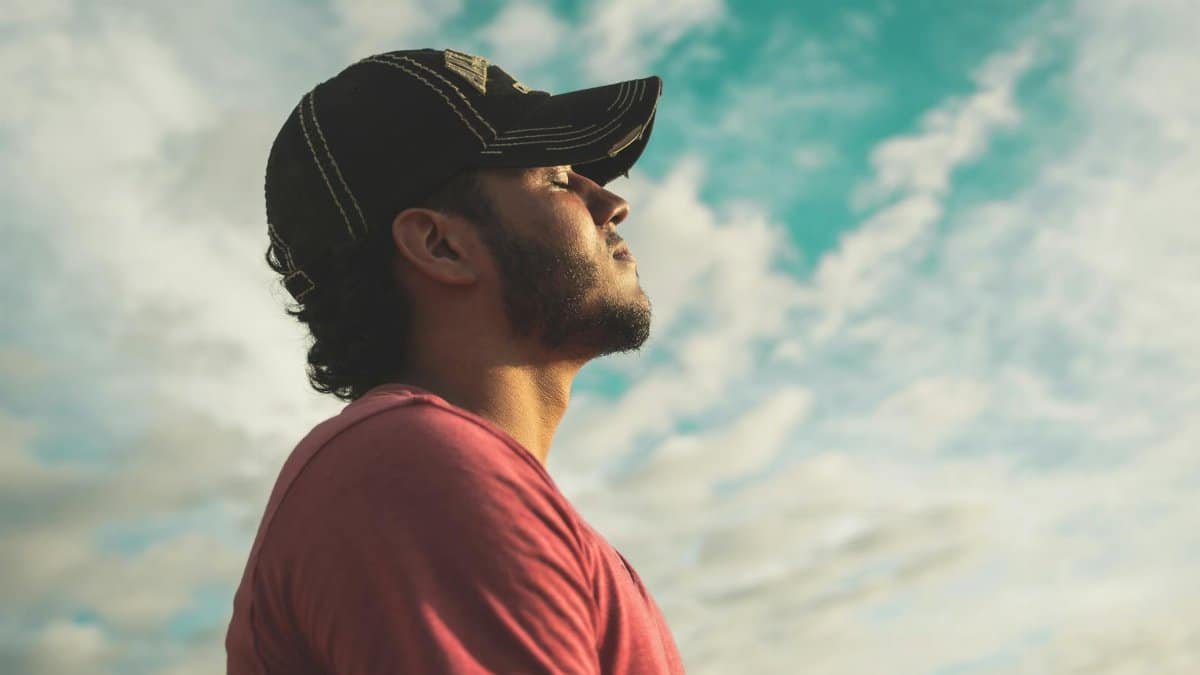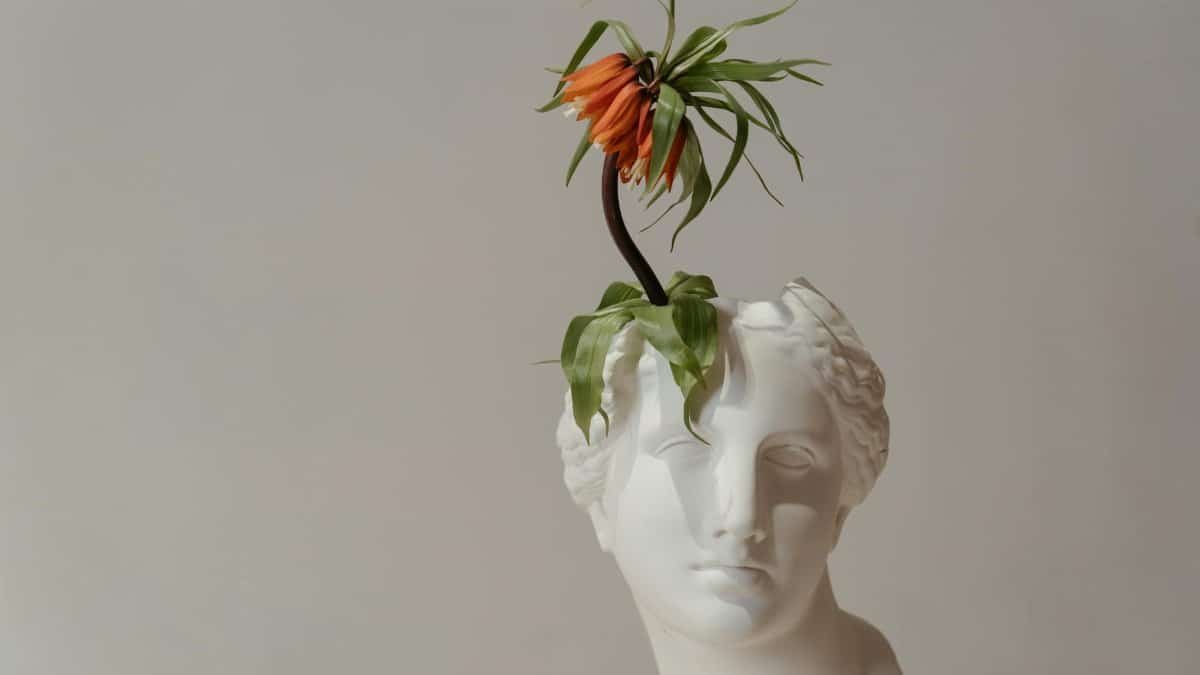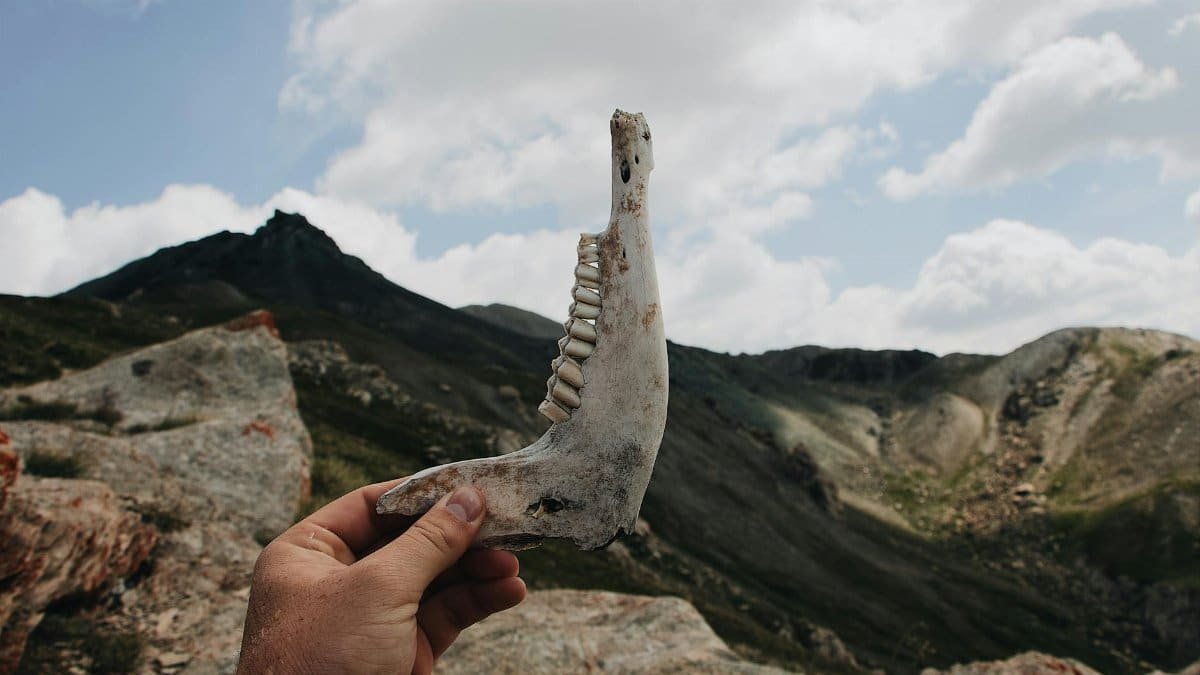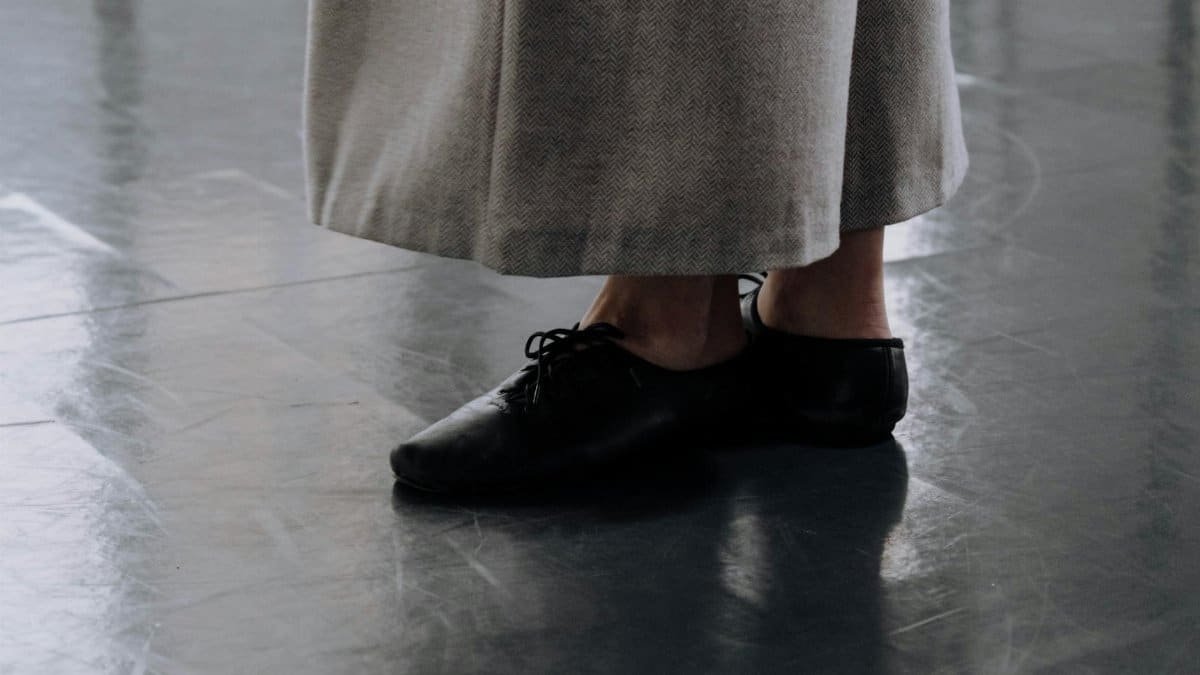Sunlight filtered through the dusty archives of a small Virginia historical society as a researcher stumbled upon a weathered leather-bound journal. The pages, brittle with age, bore the scrawl of a Union soldier from the Civil War era. But what caught the eye wasn’t just battle accounts or longing for home—it was repeated references to breathing. Specific, intentional breathing. Night after night, by the flicker of campfires, this soldier documented a ritual of counting inhales and exhales to steady his mind amidst the chaos of war. Now dubbed the “civil war breath diary,” this remarkable find offers a glimpse into a practice that feels strikingly modern: a form of breath meditation. How did a 19th-century soldier stumble upon such a technique? And what does this discovery reveal about the timeless human need for calm in the face of turmoil?
A Soldier’s Quiet Ritual

In the midst of cannon fire and the constant threat of death, the unnamed soldier’s diary entries paint a picture of unexpected stillness. One passage reads, “Sat by the fire tonight, counted ten breaths slow, felt the tremble ease from my hands.” Such lines appear repeatedly, often after descriptions of skirmishes or long marches. Historians at the University of Virginia suggest this wasn’t mere idle habit but a deliberate practice, perhaps self-taught or passed down through whispered advice among troops. The soldier’s focus on breath as a tether to sanity mirrors techniques we now associate with mindfulness, a concept barely named in the 1860s. This raises a question: was this an isolated quirk, or did others in that era turn inward for relief when the world outside offered none?
Breath as a Lifeline in War

War has always tested the limits of human endurance, both physical and mental. During the Civil War, soldiers faced not only bloodshed but also disease, hunger, and separation from loved ones. Without modern psychological tools or trauma counseling, many likely sought their own coping mechanisms. The civil war breath diary stands as evidence of one man’s solution: a focus on the simple act of breathing. Scholars note that such a practice could have slowed his heart rate, easing the body’s stress response. A study from the National Institutes of Health confirms that controlled breathing can lower cortisol levels, even in acute distress ( NIH Study on Breathing and Stress ). For this soldier, each counted breath might have been a small act of defiance against despair.
Historical Context of Mental Resilience

The 19th century wasn’t devoid of interest in the mind-body connection, though it lacked today’s scientific framework. Spiritual and religious traditions often emphasized breath in prayer or meditation, from Quaker silence to Eastern influences trickling into Western thought. Yet, there’s little evidence of systematic breathing exercises among Civil War soldiers as a group. A historian from Georgetown University, in a recent paper, points out that personal diaries from the era occasionally mention similar habits—humming, pacing, or repetitive tasks to “settle the nerves” ( Georgetown University Civil War Research ). The civil war breath diary, however, stands out for its specificity and consistency. It suggests an intuitive grasp of a technique that wouldn’t be widely studied for another century.
Modern Parallels to an Ancient Need

Fast forward to 2025, and the soldier’s method feels eerily familiar. Breathwork is now a cornerstone of wellness programs, from yoga studios to corporate stress workshops. Apps guide users through timed inhales and exhales, promising clarity and calm. A report by the American Psychological Association highlights that over 60% of Americans have tried some form of mindfulness practice to manage anxiety ( APA Stress in America Report ). What’s striking is how the soldier’s entries—scribbled in haste under a flickering lantern—echo the same goal: to anchor oneself when everything else feels unmoored. His campfire ritual wasn’t so different from a modern commuter breathing deeply on a crowded subway.
Voices from the Past, Lessons for Today

Imagine sitting across from that soldier, hearing him describe how five slow breaths could dull the ache of a day’s march. A contemporary of his might have scoffed, yet today, we’d nod in recognition. One historian shared an anonymized account from a recent online discussion among history buffs: a reenactor described trying the soldier’s breathing counts during a mock encampment, noting how it steadied their nerves even in pretend hardship. Such stories bridge the gap between then and now. They remind us that while technology and terminology evolve, the human impulse to seek peace amid chaos does not. The civil war breath diary isn’t just a relic; it’s a mirror reflecting a shared struggle across time.
Preserving and Interpreting the Find

The diary itself, now under careful preservation, poses challenges for researchers. Its pages are fragile, some entries faded or smudged by time. Teams at the Library of Congress are digitizing the text to ensure wider access for study, a process detailed in their ongoing archival efforts ( Library of Congress Preservation Initiatives ). Beyond the physical, there’s the question of interpretation. Was this soldier unique, or does his writing hint at a broader, undocumented trend among his peers? Future discoveries—perhaps other journals tucked away in attics or archives—may provide answers. For now, this single account invites us to reconsider how we define resilience, both in history and in our own lives.
A Timeless Practice Rediscovered

There’s something humbling about a Civil War soldier, far removed from today’s science, finding solace in a practice now backed by research. His nightly ritual by the fire wasn’t just survival; it was a quiet rebellion against the weight of war. The civil war breath diary challenges the notion that mindfulness is a modern invention. Instead, it suggests that humans have long sought ways to steady themselves, whether on a battlefield or in the rush of daily life. As we navigate our own uncertainties in 2025, this soldier’s story offers not just historical curiosity but a reminder: sometimes, the simplest act—breathing with intention—can be the most powerful. What other forgotten practices might still hold wisdom, waiting to be unearthed from the past?
